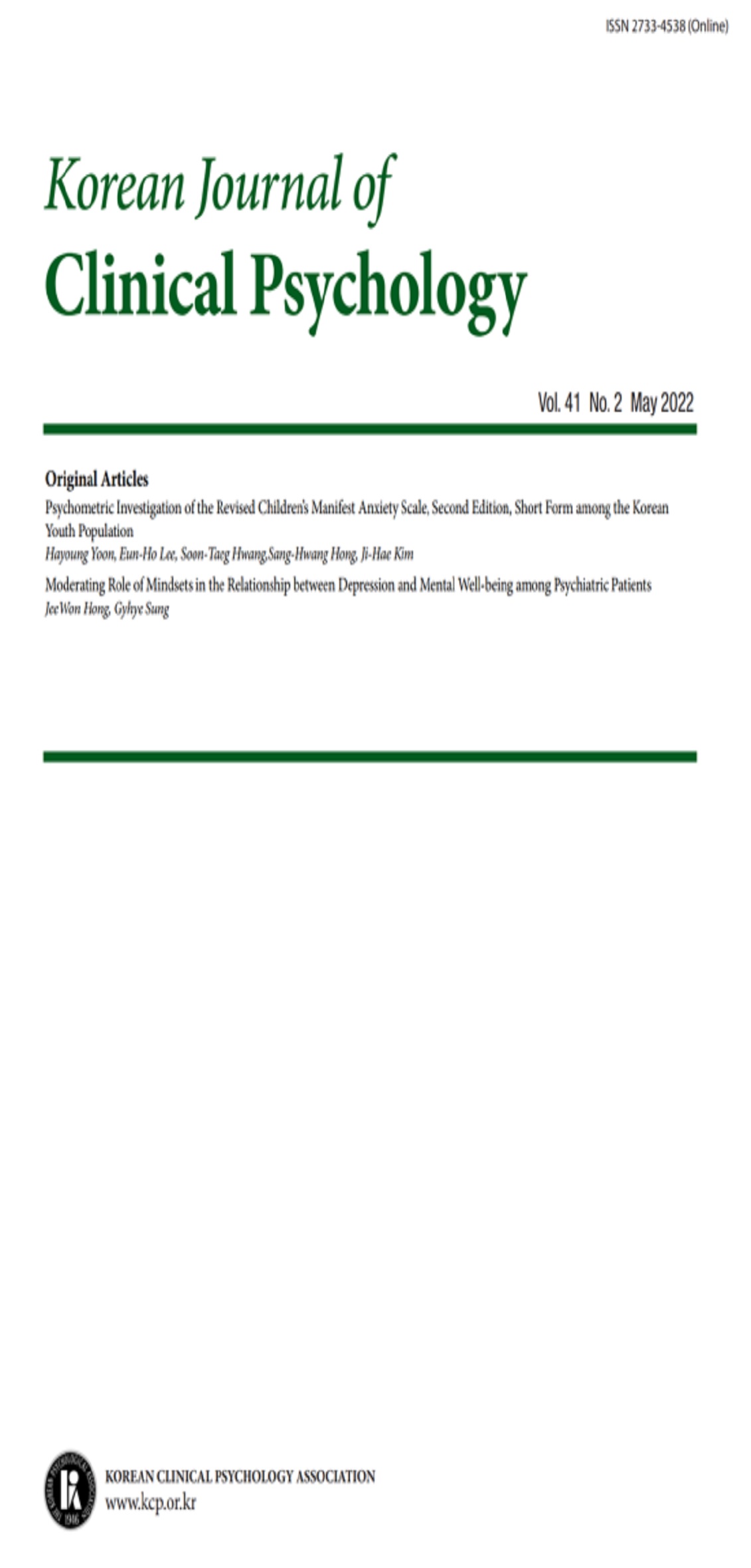open access
메뉴
open access
메뉴 E-ISSN : 2733-4538
E-ISSN : 2733-4538
본 연구는 자극유형이 측두엽 간질환자의 와다기억검사 결과에 미치는 효과를 검증하였다. 약제내성 난치성 측두엽 간질환자 중 간질수술 후 1년 이상의 추적관찰에서 수술성적이 양호한 자만을 연구대상으로 하였다. 43명이 연구에 포함됐는데 이 중 26명은 좌측두엽 간질환자였고 17명은 우측두엽 간질환자였다. 기억자극은 내경통맥 amobarbital 주입으로 뇌반구가 마취된 상태에서 제시하였고 마취가 해소된 뒤 재인기억검사를 실시하였다. 일부 환자는 구상화 자극으로 검사를 실시하였고 다른 일부는 추상화 자극으로 실시하였다. 간질반구의 효과는 통계적으로 유의미했는데 좌측두엽 간질환자는 우뇌기억이 더 우수하였고 우측두엽 간질환자는 좌뇌기억이 더 우수하였다. 자극유형의 효과도 통계적으로 유의미했는데 구상적 그림의 기억은 좌뇌가 더 우수하였고 추상적 그림의 기억은 우뇌가 더 우수 하였다. 이 결과는 병소부위와 더불어 자극유형이 와다기억검사 결과를 결정짓는 중요한 요인임을 보여준다.
The present study examined the effects of stimulus type on Wada memory results. The subjects were 43 patients with medically intractable temporal lobe epilepsy (TLE) who had a good seizure outcome following epilepsy surgery. Of these, 26 had the epileptogenic foci in the left temporal lobe and 17 in the right temporal lobe. The Wada memory stimuli were concrete figures for 23 subjects and abstract figures for the other 20 subjects.. The stimuli were presented during effects of amobarbital and follow-up memory testing was performed using a yes-no recognition method. The left TLE group demonstrated better recall following left than right hemisphere injection, whereas the right TLE group scored higher following right than left hemisphere injection. The left hemisphere was superior to the right hemisphere for recognition memory of concrete figures, whereas the right hemisphere was superior to the left hemisphere for recognition memory of abstract figures. These findings indicate that stimulus type as well as seizure lateralization is a major determinant of Wada memory asymmetries.
